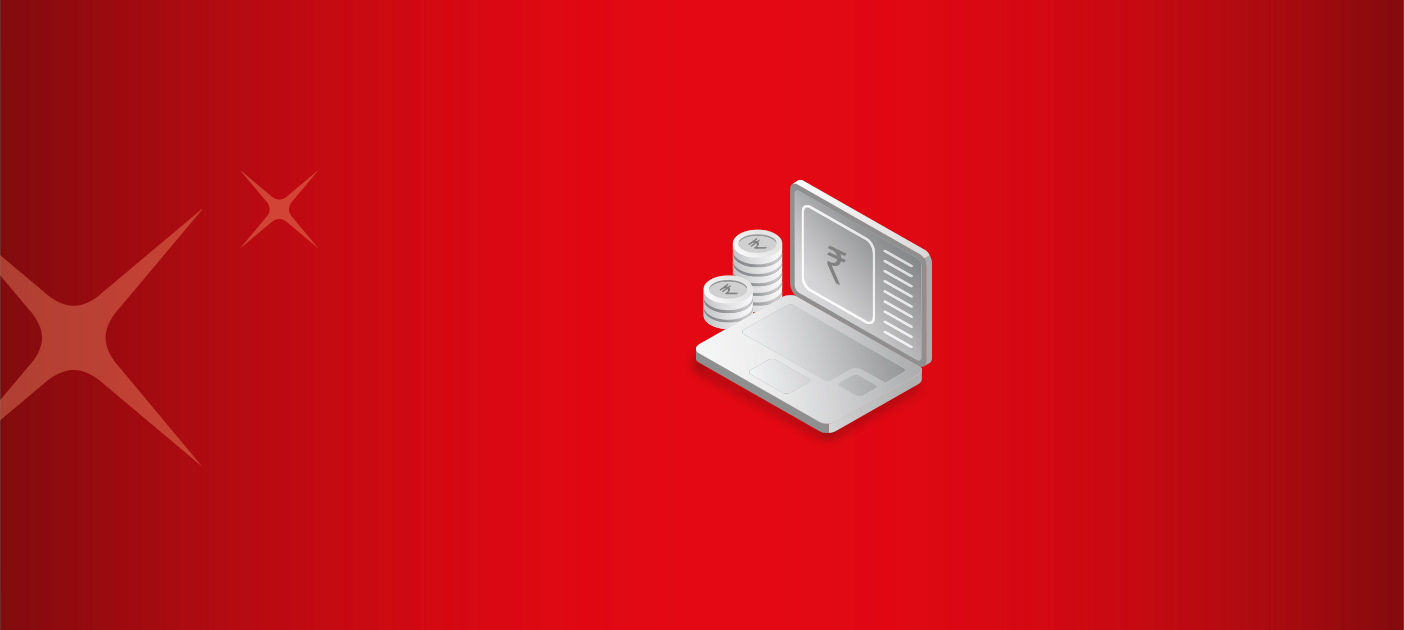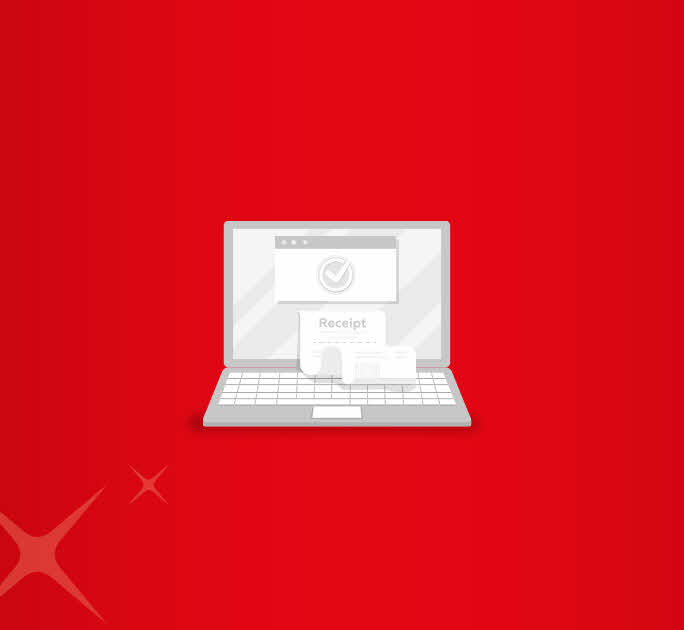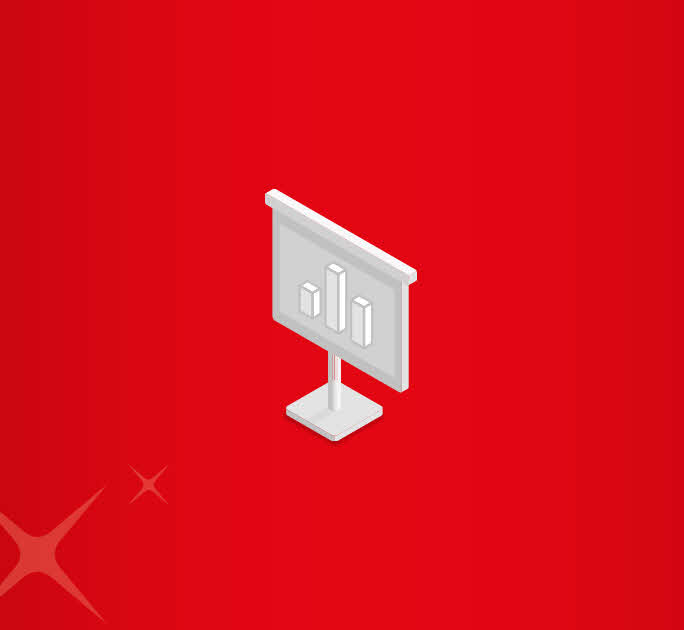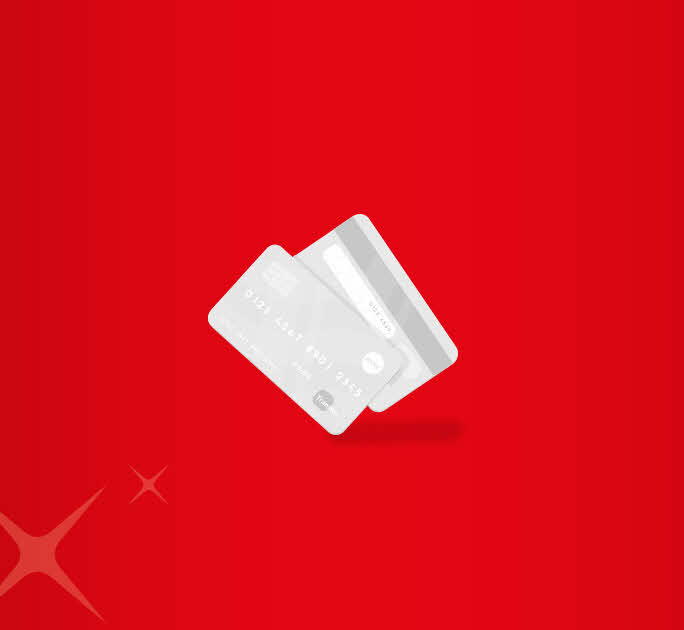- Save
- Invest
- Borrow
- Pay
- More
- Customer Services

How to Read Credit Card Statement
An easy guide on how to read your credit card statement easily
Key Takeaways
- A Credit Card Statement is generated every month after your billing cycle ends.
- Your Credit Card statement contains transaction details of that billing cycle.
- You must pay the minimum amount due by the payment due date mentioned on the credit card statement.
- The statement also shows the available credit and cash limits.
- You can also check reward points earned on your credit card purchases.
A Credit Card is an incredible financial facility that allows you to pay for your big and small purchases “on credit”, up to a specific limit. It simply means that you do not have to pay your expenses upfront. Instead, you can swipe the card as needed and pay the Credit Card bill – partially or entirely on a fixed date each month. Most people who have newly started using credit cards often struggle with understanding how to read credit card statements. This article explains the same in detail.
How To Read Credit Card Statement
Your Credit Card statement generally comprises your account details, account summary and transaction details.
Account Details
This section is located at the top of your statement and comprises your name, email ID, address, partially masked Credit Card number and GST number (for Business Accounts). Besides these basic details, there is another section pertaining to your credit card statement that comprises the following critical information:
- Statement Date: The bank creates or generates your Credit Card statement on the statement date.
- Payment Due Date: Your Credit Card issuing bank expects you to pay the minimum amount due on or before the Payment Due Date.
- Minimum Amount Due: This is the amount you must pay to avoid late Credit Card payment penalties. The unpaid, outstanding amount attracts an interest rate.
- Total Due/Total Amount Due: Your total amount due is the sum of all your transactions. The outstanding amounts from previous months, late payment penalties, interest amount, etc., are added to your current bill’s total amount due, if applicable.
- Credit Limit: The Credit Limit is the maximum amount you can spend using your Credit Card. Banks determine it based on your income, usage and card type.
- Available Credit Limit: This implies the amount you can spend on your credit card after utilising a specific portion of your credit limit, available until a new credit cycle begins.
- Available Cash Limit: This is the limit up to which you can withdraw cash using your credit card.
Account Summary
Under Account Summary, you can find the bifurcation of your Total Amount Due, which is explained as under:
|
Total Amount Due = Opening Balance – Payments – Credits + Cash Advances + Finance Charges. |
Transaction Details
Under this section, you can view all your date-wise Credit Card transactions of that billing cycle. You also check the amount and the merchant information.
Reward Details
Credit Card transactions offer reward points against transactions. You can check the number of points you have earned throughout your billing cycle.
Final Note
Once you use your credit card enough, you can easily understand how to read credit card statements. A Credit Card statement is similar to a Savings Account bank statement where you can view all your transactions seamlessly. You must remember your Credit Card Payment due date or set up standing instructions with your preferred Savings Account to ensure you pay your total amount due so that you do not attract interest on your expenses.
Download the digibank by DBS app to get started.
*Disclaimer: This article is for information purposes only. We recommend you get in touch with your income tax advisor or CA for expert advice.









